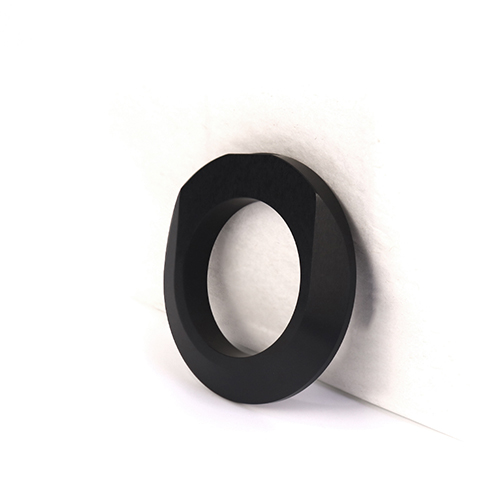In today’s industrial field, a technological innovation centered on plastic manufacturing parts is quietly changing the pattern of manufacturing, bringing unprecedented opportunities and breakthroughs to many industries.
Innovation driven: The Rise of Plastic Manufacturing Parts Technology
For a long time, metal parts have dominated industrial production. However, with the rapid development of materials science, plastic manufacturing parts technology has emerged as a new force. Through advanced injection molding, extrusion, blow molding and other processes, plastic parts are no longer limited to simple daily necessities manufacturing, but are widely used in fields such as aerospace, automotive, medical, electronics, etc. that require high precision and performance. For example, in the aerospace industry, some interior components are made of high-performance plastics, which significantly reduce weight while ensuring strength, helping aircraft reduce energy consumption and improve range. In the automotive industry, plastic made engine peripheral components, interior parts, etc. not only reduce vehicle weight and improve fuel economy, but also have excellent performance in comfort and safety.
Excellent performance: unique advantages of plastic parts
Plastic made parts have many unique advantages. Its lightweight feature is one of the key factors in achieving industrial product lightweighting. Compared to metal, plastic has much lower density, which allows parts made from it to significantly reduce load in weight sensitive applications such as transportation vehicles. At the same time, plastic has good corrosion resistance, and for parts that work in harsh chemical environments, such as small components in chemical equipment, plastic parts can operate stably for a long time, reducing maintenance costs. In addition, plastic parts have excellent insulation properties and can effectively avoid problems such as circuit short circuits in the field of electronic appliances, ensuring the safe operation of equipment.
Environmental Protection and Sustainable Development: The New Mission of Plastic Parts
In today’s increasingly environmentally conscious world, plastic manufacturing parts are also developing towards a green and sustainable direction. On the one hand, manufacturers are actively developing biodegradable plastic materials for component manufacturing, reducing the long-term environmental pollution caused by traditional plastics. On the other hand, the recyclable value of plastic parts has also been further explored. Through advanced recycling technology, waste plastic parts can be reprocessed into new products, forming a circular utilization of resources and providing strong support for sustainable industrial development.
Challenges and Opportunities Coexist: Future Prospects for Plastic Parts Manufacturing Industry
Although the field of plastic manufacturing parts has broad prospects, it also faces some challenges. In terms of high-precision machining, some plastic parts with complex shapes and high-precision requirements still need to further improve their manufacturing process level. At the same time, there is still a lot of room for development in improving material properties, such as balancing high temperature stability and high strength. However, these challenges also bring new opportunities. Research institutions and enterprises are increasing their R&D investment, strengthening industry university research cooperation, and striving to break through technological bottlenecks. It can be foreseen that in the near future, plastic manufacturing parts will shine in more fields and become an important force in promoting industrial development, leading the manufacturing industry towards a new era of lighter weight, higher performance, and sustainability.
Post time: Nov-23-2024





